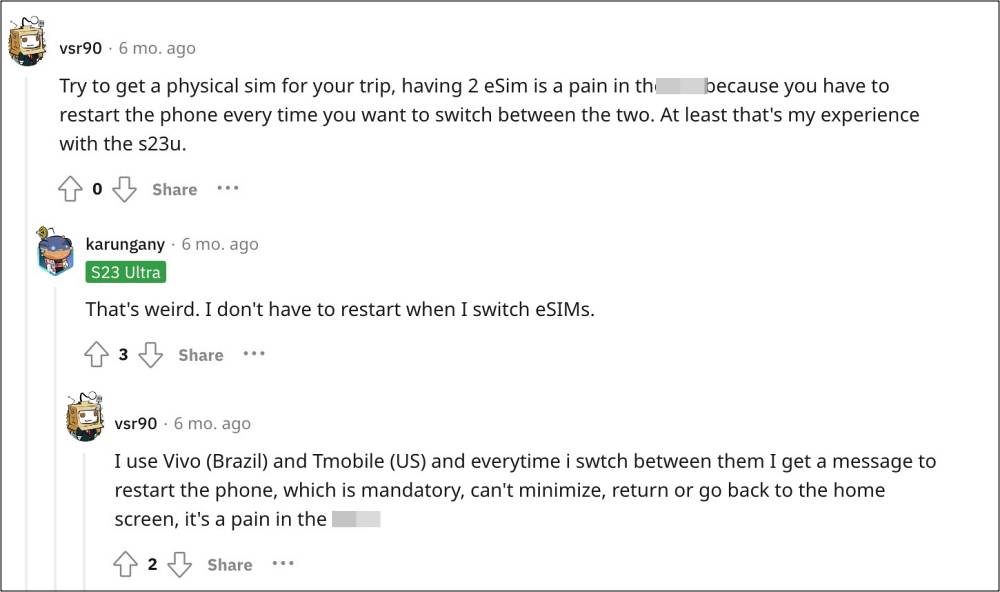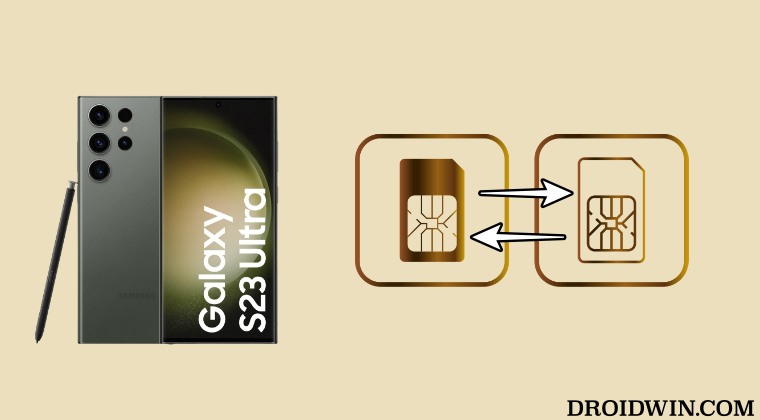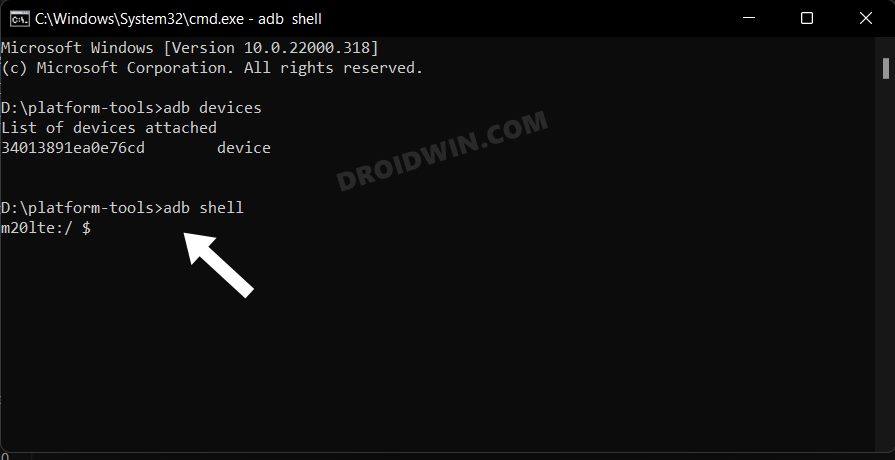In this guide, we will show you the steps to fix the issue wherein switching between eSIMs on Samsung tends to require a restart. I recently got hold of a Galaxy S23 Ultra which allows you to install multiple eSIM profiles, though only one eSIM could be active at one point in time. So if you are looking for dual SIM functionality, then you could either use two physical SIMs or an eSIM and a physical SIM.
In my case, I was using the latter but had numerous eSIM profiles. However, every time I tried switching over to a different eSIM, my Samsung device notified me about a “new network detected” and then asked for a restart. This proved to be a great deal of inconvenience and so I started the journey of finding the root cause of this issue. Turns out, only a selected few were affected by this bug, the majority of the users didn’t even know about this issue or faced it once.

Well, this was enough for me to catch the culprit. Since we are using a Samsung device and the issue is limited to a few users, it’s obviously because of the firmware region, or in more technical terms- the CSC. So I tried changing the CSC of my device to one of those regions wherein this issue wasn’t present, and guess what, the issue indeed got rectified! So in this guide, I’ll show you the exact same process. Follow along
Switching between eSIMs on Samsung requires a restart

This issue is usually linked only to the North American firmware. The Global firmware version doesn’t do CSC change when changing SIM, so no reboot is required in such cases. As of now, your phone is detecting a different CSC and forcing you to restart because of that. So all you need to do is disable the CIDManager app using ADBAppControl and then you will no longer be required to do a restart on switching eSIMs. [NOTE: You could also easily re-enable CIDManager as and when required via ADBAppControl itself].
You could also disable CIDManager manually using ADB Command, however, that requires setting up an ADB environment and is slightly more time-consuming. On the other hand, the ADBAppControl gives you the UI to get this job done in just a few clicks. Still, if you wish to take the manual route, then you could refer to our guide on How to Debloat/Remove Bloatware from Samsung Devices via ADB. In short, here’s what you need to do:
- First off, download and extract Android SDK Platform Tools on your PC.
- Then enable USB Debugging on your device and connect it to PC via USB.

- Now type in CMD in the address bar of platform tools and hit Enter.
- This will launch Command Prompt. Now type in the below command:
adb shell

- You’ll get a prompt on your device, make sure to tap on Allow/OK.
- Then execute the below command to disable the CIDManager app
pm disable-user --user 0 com.samsung.android.cidmanager

Reference Image - [Optional] To re-enable the app, execute the below command:
pm enable --user 0 com.samsung.android.cidmanager

Reference Image
That’s it. These were the steps to fix the issue wherein switching between eSIMs on Samsung tends to require a restart. If you have any queries concerning the aforementioned steps, do let us know in the comments. We will get back to you with a solution at the earliest.











